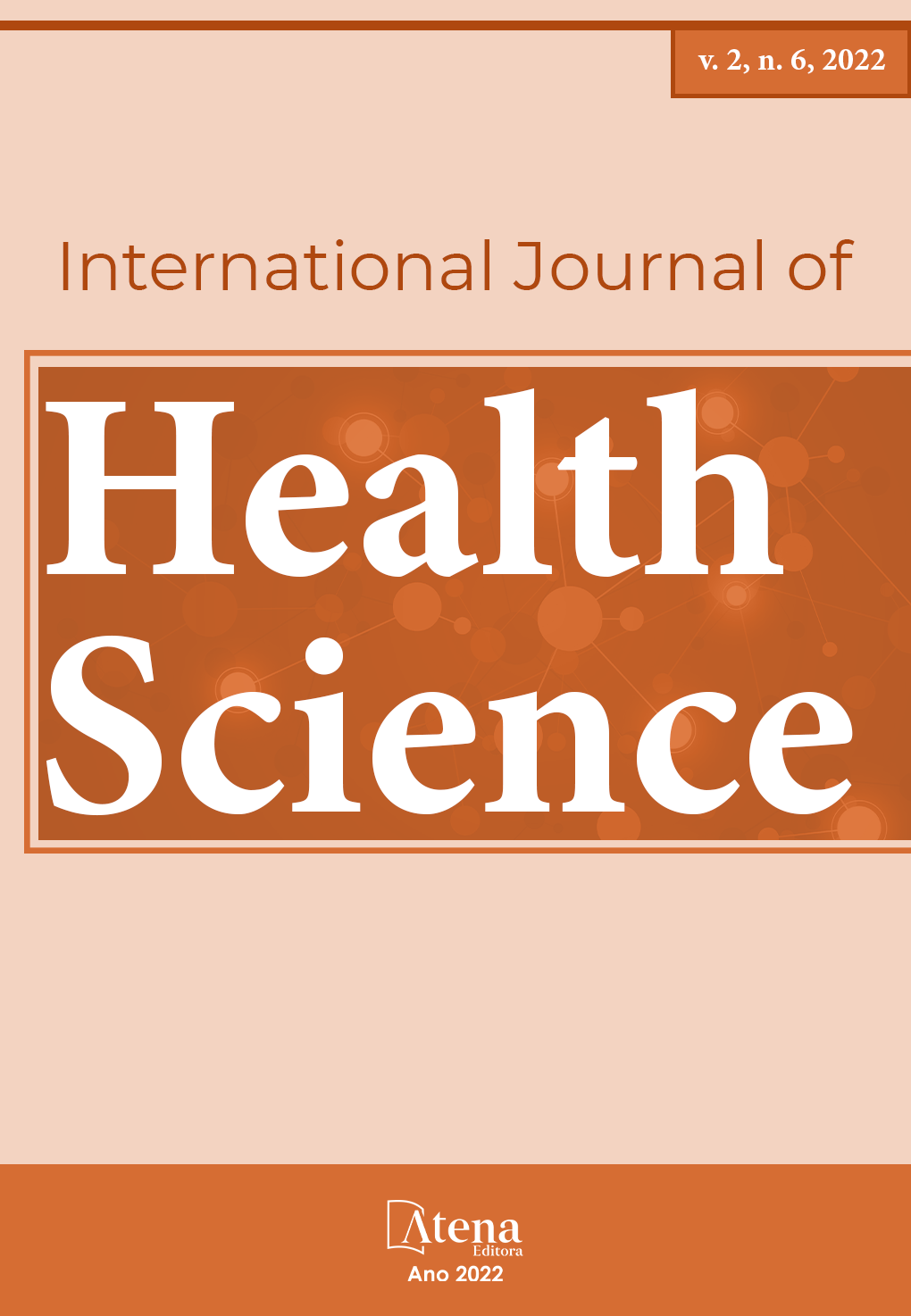
SCOPE REVIEW: A COST-EFFECTIVE ANALYSIS OF CALCIUM IMPLEMENTATION IN PREGNANT WOMEN WITH PRE-ECLAMPSIA
Introduction: Among the hypertensive syndromes, eclampsia and preeclampsia, according to the Ministry of Health, are one of the main causes of maternal mortality. There are studies indicating that low-dose (< 1 g/day) calcium supplementation would have similar effectiveness to high doses (> 1 g/day) in reducing preeclampsia, but there are few economic evaluation studies that demonstrate that this technology in health it is cost-effective. Objective: To characterize cost-effective economic evaluation studies with calcium supplementation in the prevention of preeclampsia in pregnant women. Method: Scope review, protocol registration on the OSF platform, selection of studies considering the gray literature and the following bases; VHL, EMBASE, PUBMED, SCOPUS, without time and language limits, selection by title and abstract with Rayyan app. The selected studies were read in full and analyzed considering the 22-item checklist of the PRISMA - ScR. Result: N=101 publications were found, duplicates were removed, leaving N=84, after screening the pair of blind researchers, we selected N=08, leaving a final sample of 4 articles. In the description of the checklist evaluation, CHEERS/2022, the items included in the publications N=1 and N=2 presented n=16/28;57% versus n=25/28;89%, both present the same type of prediction and modeling, but contemplate different quantity and methodological quality. Meanwhile, the studies N=3 and N=4 present n=20/28;71% versus n=21/28;75% with different types of predictions, despite these items of methodological rigor being close. These consolidated economic assessments of 4 articles describe information such as: health outcomes; quantification of costs; modeling; generalization of results; uncertainties among others. Conclusion: The cost dimensions, limitations in cost-effective assessments and their consequences in the face of comparison options to offer greater return on the outcome directed to the financing of this technology, showed that the N=2 study presents better methodological rigor and greater impact analysis budget contributing to successful decision making.
SCOPE REVIEW: A COST-EFFECTIVE ANALYSIS OF CALCIUM IMPLEMENTATION IN PREGNANT WOMEN WITH PRE-ECLAMPSIA
-
DOI: 10.22533/at.ed.159262211028
-
Palavras-chave: Pregnancy, Preeclampsia, Cost-effectiveness, Calcium.
-
Keywords: Pregnancy, Preeclampsia, Cost-effectiveness, Calcium.
-
Abstract:
Introduction: Among the hypertensive syndromes, eclampsia and preeclampsia, according to the Ministry of Health, are one of the main causes of maternal mortality. There are studies indicating that low-dose (< 1 g/day) calcium supplementation would have similar effectiveness to high doses (> 1 g/day) in reducing preeclampsia, but there are few economic evaluation studies that demonstrate that this technology in health it is cost-effective. Objective: To characterize cost-effective economic evaluation studies with calcium supplementation in the prevention of preeclampsia in pregnant women. Method: Scope review, protocol registration on the OSF platform, selection of studies considering the gray literature and the following bases; VHL, EMBASE, PUBMED, SCOPUS, without time and language limits, selection by title and abstract with Rayyan app. The selected studies were read in full and analyzed considering the 22-item checklist of the PRISMA - ScR. Result: N=101 publications were found, duplicates were removed, leaving N=84, after screening the pair of blind researchers, we selected N=08, leaving a final sample of 4 articles. In the description of the checklist evaluation, CHEERS/2022, the items included in the publications N=1 and N=2 presented n=16/28;57% versus n=25/28;89%, both present the same type of prediction and modeling, but contemplate different quantity and methodological quality. Meanwhile, the studies N=3 and N=4 present n=20/28;71% versus n=21/28;75% with different types of predictions, despite these items of methodological rigor being close. These consolidated economic assessments of 4 articles describe information such as: health outcomes; quantification of costs; modeling; generalization of results; uncertainties among others. Conclusion: The cost dimensions, limitations in cost-effective assessments and their consequences in the face of comparison options to offer greater return on the outcome directed to the financing of this technology, showed that the N=2 study presents better methodological rigor and greater impact analysis budget contributing to successful decision making.
-
Número de páginas: 12
- Janaína de Oliveira e Castro
- Celsa da Silva Moura Souza
- Erika Barbosa Camargo
- Edson de Oliveira Andrade
- MAURO LENO RODRIGUES DE SOUZA


